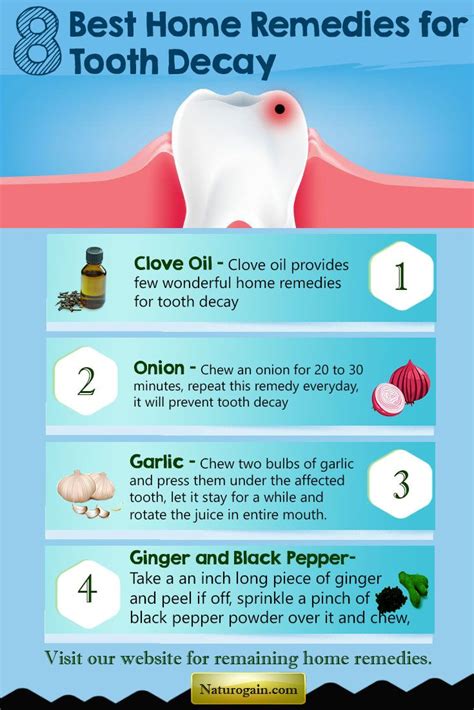12+ Ways Cleaning Teeth Won't Hurt

The anxiety associated with dental care, particularly when it comes to cleaning teeth, is a common phenomenon. Many individuals dread the prospect of dental visits due to fear of pain or discomfort. However, with advancements in dental technology and techniques, coupled with a deeper understanding of patient comfort, the experience of cleaning teeth has evolved significantly. Here are 12+ ways in which cleaning teeth can be made virtually painless, ensuring a more comfortable and stress-free experience for patients.
1. Advanced Anesthesia Techniques
Modern dentistry offers a variety of anesthesia options that can be tailored to the individual’s needs, making the cleaning process pain-free. From topical anesthetics that numb the surface of the gums to local anesthetics that can numb a specific area, these techniques ensure that patients do not feel any discomfort during the procedure.
2. Laser Dentistry
The use of lasers in dentistry has revolutionized the way teeth are cleaned. Laser teeth cleaning is not only more precise but also causes less discomfort compared to traditional methods. It reduces the need for scalpels and sutures, leading to less bleeding and swelling, and promotes faster healing.
3. Ultrasonic Cleaning Tools
Ultrasonic cleaning devices use high-frequency vibrations to remove plaque and tartar, both above and below the gum line. These tools are more comfortable for patients and can be adjusted to different frequencies to minimize discomfort, making the cleaning process more efficient and less painful.
4. Personalized Care Plans
Dentists now offer personalized care plans based on the patient’s specific needs and anxiety levels. This approach ensures that the cleaning process is tailored to make the patient as comfortable as possible, considering their unique dental history, preferences, and fears.
5. Relaxation Techniques
Many dental clinics incorporate relaxation techniques such as deep breathing exercises, meditation, and even sedation dentistry to help patients relax during the procedure. These techniques can significantly reduce anxiety and make the experience more pleasant.
6. Patient Education
Educating patients about the procedure, what to expect, and the importance of regular teeth cleaning can reduce anxiety and make the process less intimidating. When patients are informed, they are more likely to feel in control and prepared, reducing their discomfort.
7. State-of-the-Art Equipment
The latest dental equipment is designed with patient comfort in mind. From ergonomic chairs to advanced cleaning tools with smooth, quiet operations, every aspect is considered to minimize discomfort and maximize comfort.
8. Gentle Dentistry Approach
The gentle dentistry approach prioritizes patient comfort and uses techniques that minimize invasion and discomfort. Dentists who adopt this approach are trained to handle anxious patients with care, ensuring a pain-free experience.
9. Pre-Procedure Preparation
Preparing the patient before the procedure can make a significant difference. This includes explaining the process, discussing any fears or concerns, and ensuring the patient is comfortable with the environment. Pre-medication and topical anesthetics can also beadministered to further reduce any potential discomfort.
10. Regular Maintenance
Encouraging patients to maintain good oral hygiene through regular brushing, flossing, and dental check-ups can prevent the buildup of plaque and tartar, making cleaning easier and less painful over time.
11. Sedation Dentistry
For patients with severe anxiety, sedation dentistry offers a safe and effective way to relax during dental procedures. Sedation can range from mild to deep, depending on the patient’s needs, ensuring they are comfortable throughout the process.
12. Post-Procedure Care
Providing detailed post-procedure care instructions helps in minimizing any potential discomfort after the teeth cleaning. This includes advice on what to eat, how to manage any soreness, and when to follow up with the dentist, ensuring a smooth recovery.
13. Technology Integration
The integration of technology, such as virtual reality or listening to soothing music, can distract patients from the procedure, reducing anxiety and discomfort. This immersive experience can make the time pass more enjoyably and decrease the perception of pain.
In conclusion, the evolution of dental care has led to numerous methods and techniques that can make cleaning teeth a virtually painless experience. By understanding and addressing patient fears and anxieties, dentists can provide a comfortable and stress-free environment for teeth cleaning, promoting better oral health and a more positive outlook on dental care.
What is the best way to prepare for a teeth cleaning procedure to minimize discomfort?
+To prepare for a teeth cleaning procedure and minimize discomfort, it’s recommended to discuss any fears or anxieties with your dentist beforehand. They can explain the procedure in detail, advise on any pre-medication that might be necessary, and reassure you about the measures in place to ensure your comfort during the procedure.
How often should I get my teeth cleaned to prevent plaque and tartar buildup?
+Regular teeth cleaning is crucial for preventing plaque and tartar buildup. It’s generally recommended to have your teeth professionally cleaned every six months. However, this frequency may vary depending on your oral health, risk factors for oral diseases, and your dentist’s advice.
Are there any at-home practices that can make professional teeth cleaning easier and less painful?
+Yes, maintaining good oral hygiene through regular brushing and flossing can significantly reduce the discomfort associated with professional teeth cleaning. Removing plaque regularly prevents tartar buildup, making the cleaning process easier and less invasive.
